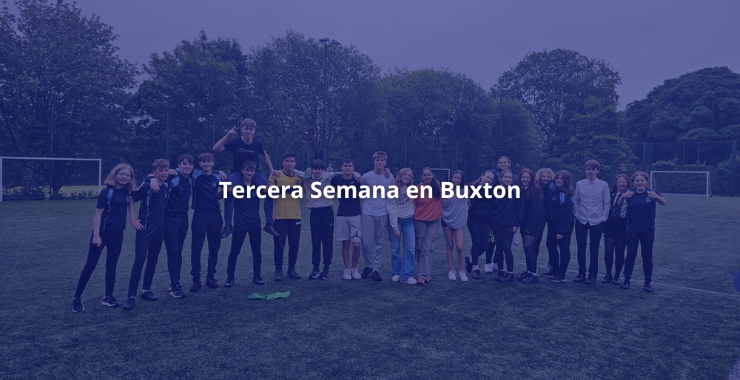The practice of writing paragraphs is essential to good writing. Paragraphs help to break up large chunks of text and makes the content easier for readers to digest. They guide the reader through your argument by focusing on one main idea or goal. However, knowing how to write a good, well-structured paragraph can be little tricky. Read the guidelines below and learn how to improve your paragraph writing skills.e
Paragraph Template
Make sure your paragraph has 3 distinct parts.
1. Topic sentence:
- This sentence is the first sentence of a paragraph and summarizes the main idea of the paragraph.
- All of the following sentences will add information that expands upon or supports the idea stated here.
2. Supporting sentences:
- The second sentence identifies the first major supporting detail.
- The third sentence brings up a second supporting detail.
- Similarly, the fourth sentence mentions a third supporting detail.
- Additional sentences can be added here for additional supporting details or to divide one lengthy supporting detail into separate, easier-to-read sentences.
3. Conclusion:
- The last sentence of your paragraph is your concluding sentence, which quickly ties your supporting thoughts together.
- It also might restate your first topic sentence using different terms
A simple formula for paragraph structure:

Types of paragraphs
Depending on the kind of writing you’re doing, you may need to use different types of paragraphs. Here’s a brief explanation of the common paragraph types most writing deals with.
- Expository: Common in nonfiction and all types of essays, expository paragraphs revolve around explaining and discussing a single point or idea.
- Persuasive: Just like expository paragraphs, persuasive paragraphs focus on discussing a single point; however, they support opinions instead of facts.
- Narrative: When telling a story, a narrative paragraph explains an action or event. Each new sentence furthers or expands upon the action by providing new information.
- Descriptive: Also common in storytelling, descriptive paragraphs focus on describing a single topic, such as a person or an environment. Each new sentence adds a new detail about that topic.
Sample Persuasive Paragraph
The benefits of social networking websites have the potential to outweigh the dangers of such websites. While social networking does curb real life interaction with one’s peers, it also provides shy, introverted, or socially awkward youth with a new avenue of communication that often makes it easier to connect and form relationships. A sharp increase in cyberbullying is an unfortunate result of social networking, but sites like Facebook also give people the opportunity to build a larger network of support.
Additionally, while unmonitored teens and young adults may post photographs and information that could damage their futures and make them less desirable to potential employers, responsible and well-guided youth have the chance to build working relationships and create a stronger presence in the working world. Even though there are a large number of risks and downfalls associated with social networking, when the tool is used correctly and the youth are instructed on correct usage, it offers considerable positives.
You may also be interested in:
Curso de Inglés Online: C1- Trinity ISE III – Curso de preparación 100% a distancia
Curso de Inglés Online: B2 – Trinity ISE II – Curso de preparación 100% a distancia











